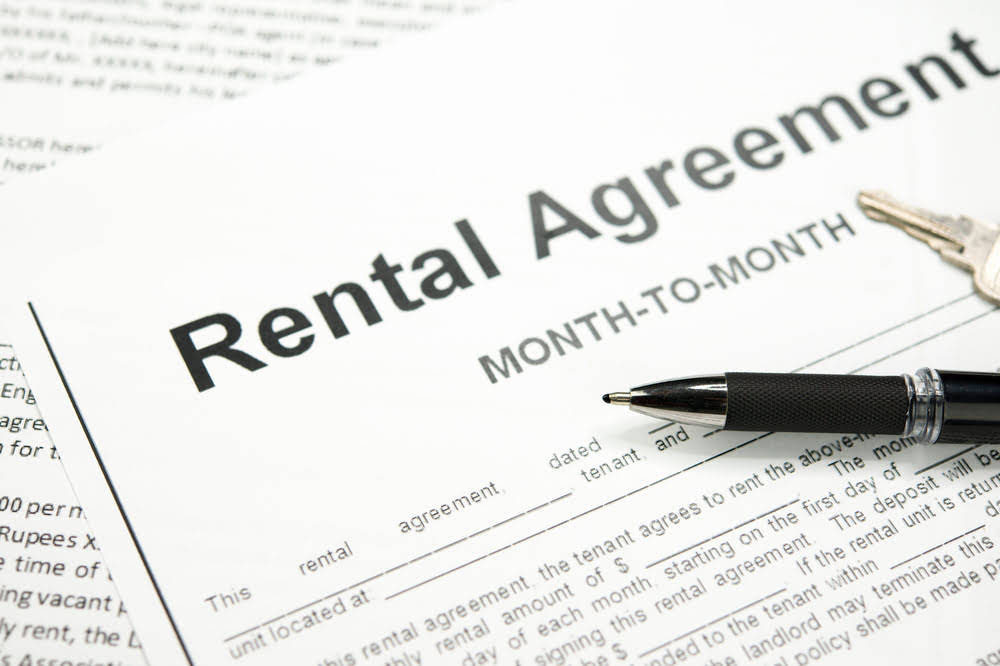
If these expenses are combined, you do not need to support the business purpose of each expense. Instead, you can divide the expenses based on the total business use of the listed property. You can find the applicable percentages for listed property that is 5- or 10-year recovery property in Table 19 or 20 in the Appendix. The useful life of a piece of property is an estimate of how long you can expect to use it in your trade or business, or to produce income.

It allows for a more fluid and market-oriented approach to sizing up an asset’s potential worth in the open market. To determine the total depreciation accrued, multiply the yearly depreciation cost by the number of years you’ve utilized the asset. Think of it as your asset’s future garage sale price after it’s done its duty for you. You could estimate it as a dollar figure or a percentage of what it initially cost you. For example, If the useful life is estimated to be 5 years, the annual depreciation rate would be 1/5 or 0.20 (20%).
Salvage Value Formula
For tax purposes, depreciation is an important measurement because it is frequently tax-deductible, and major corporations use it to the fullest extent each year when determining tax liability. You want your accounting records to reflect the true status of your business’s finances, so don’t wait until how to calculate salvage value tax season to start thinking about depreciation. You know you’ve correctly calculated annual straight-line depreciation when the asset’s ending value is the salvage value. In the depreciation schedule above, the refrigerator’s ending book value in year seven is $1,000, the same as the salvage value.
Note that declining balance methods of depreciation may not completely depreciate value of an asset down to its salvage value. The numerator (top number) of the fraction is the number of months in the short tax year and the denominator (bottom number) is 12. For example, a corporation placed in service in June 1986 an item of 3-year property with an unadjusted basis of $10,000. The corporation files a tax return, because of a change in its accounting period, for the 6-month short tax year ending June 30, 1986. The full year’s ACRS deduction for this item is $2,500 ($10,000 × 25%), the first year percentage from the 3-year table. The ACRS deduction for the short tax year is $1,250 ($2,500 × 6/12).
Example of Asset Salvage Value
Book value is the historical cost of an asset less the accumulated depreciation booked for that asset to date. This amount is carried on a company’s financial statement under noncurrent assets. On the other hand, salvage value is an appraised estimate used to factor how much depreciation to calculate.
Intangible assets are excluded from a company’s liquidation value. After tax salvage value is like the retirement money for a company’s equipment. It’s the amount a company thinks it will get for something when it’s time to say goodbye to it. Companies use this value to figure out how much to subtract from the original cost of the thing when calculating its wear and tear. It’s also handy for guessing how much money they might make when they get rid of it.
Relevance and Uses of Salvage Value Formula
Estimating too high of a salvage value can be deemed a fraudulent accounting practice since profits are then artificially inflated. Because of this, it’s always safer to estimate a more conservative salvage value. https://www.bookstime.com/articles/daycare-accounting By considering the residual value, institutions can accurately record and report depreciation expense in their financial statements, ensuring compliance with accounting standards and regulatory requirements.
- Grasping this idea is crucial as residual value aids companies in making educated choices related to asset acquisition, depreciation, and disposal.
- If you selected a 19-year recovery period, use Table 9 to determine your deduction.
- The percentages for 18-year real property under the alternate method are in Tables 7, 8, 10, 11, 14, and 15 in the Appendix.
- The ACRS deduction for the short tax year is $1,250 ($2,500 × 6/12).
- You figure your ACRS deduction for 1995 for the full year and then prorate that amount for the months of use.



